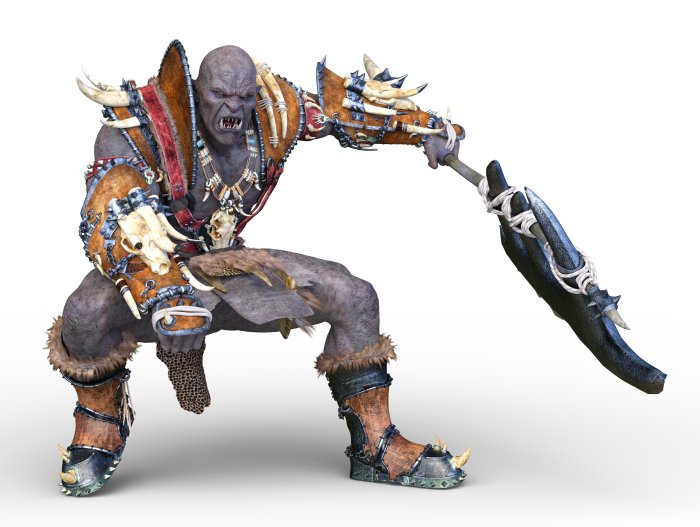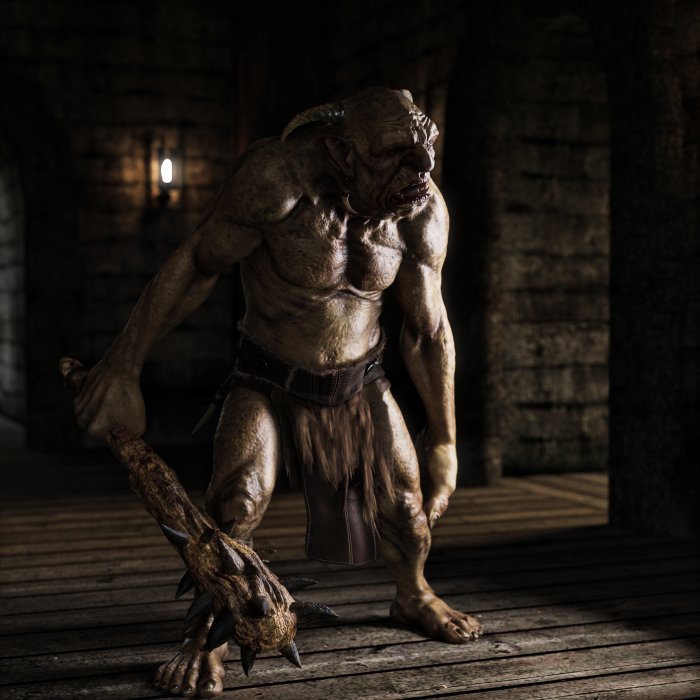Fomorians In Irish Myths And Legends: Race Of Demonic Giants Who Inhabited Ireland And Scotland
A. Sutherland - AncientPages.com - Celtic tradition describes the Fomorians as terrifying giant creatures, horribly deformed and often mistaken for demons.
It is said that this race of ugly beings descended from Noah's son Ham, whom Noah had cursed, and on account of this terrible curse, the Fomorians became one-legged and one-armed monstrous beings.
The Fomorians were superstitious and tyrannical; the people they conquered were either enslaved or forced, a crippling tribute of two-thirds of all children and cattle born.
Credit: Adobe Stock - tsuneomp
One Fomorian with stubby legs and long arms did not resemble another with a dwarfish right arm and a standard left arm or another with two or even three heads and only one eye or three on his head.
According to Fomorian beliefs, a child without any mutation is born without a noticeable personality. They were only accustomed to seeing their own mutated bodies, and a child born "normal" with all fingers and toes was doomed to be killed as a monster.
The Fomorians (Old Irish: 'Fomoire') is a supernatural race in Irish myths. These giants were associated with the powers of nature, such as fog, storms, winter, and disease.
They were said to have come from the sea or under its surface and were some of the earliest inhabitants of the British Isles, occupying both Scotland and Ireland.
Ireland had never seen anything more terrifying than the army of prehistoric Fomorians, who mercilessly raided and plundered Ireland from the sea.
The term 'Fomorian' was analogous to - disease, plague, and disaster.
The king of the Fomorians was Balor, a giant with an eye in the middle of his forehead.
According to tradition, they conquered the first invaders of Ireland - the Partholón (or "Parthalán") people who invaded Ireland and settled there, introducing cattle, building houses, and making all four plains cleared and habitable. After some years, they all died of the plague in a week.
Thirty years later came the Nemeds, who, like those who settled Ireland before him, had a genealogy going back to the biblical Noah. The Nemeds managed to win four battles with the Fomorians, but after nine years, thousands of the Nemeds died of the plague.
The mysterious Fomorians were again victorious until the Firbolgs, the third group of invaders, arrived and subdued the Fomorians. Firbolgs were the earliest historic race in Ireland. They were pastoral people of Greek or Eastern origin. Researchers believe they originated from a branch of the great Celtic race, which passed through Europe, rounded the continent's shores, and finally, made Ireland their resting place.
Credit: Adobe Stock - Digital Storm
The Firbolgs (from "Fir Bholg" – the "Men of Bags or Sacks") had a name given to them during their Greek exile. They lived peacefully with the Fomorians and most probably focused their lives on agriculture. They were forced to make arable land by covering rocks with earth, which they carried in bags.
They also preferred to avoid contact with other sentient races. They were both the most intelligent and powerful of the giant race.
The Tuatha De Danann defeated the Irish giants and attempted to forge a ceasefire with the Fomorians.
This attempt failed due to treachery from one side that resulted in a terrible war between the two races that ended in the Fomorians' downfall.
Written by – A. Sutherland AncientPages.com Senior Staff Writer
Updated on May 24, 2023
Copyright © AncientPages.com All rights reserved. This material may not be published, broadcast, rewritten or redistributed in whole or part without the express written permission of AncientPages.com
Expand for referencesMore From Ancient Pages
-
 God Ptah ‘Lord Of Memphis’ Was Among The Most Revered Creator Gods Of Ancient Egypt
Egyptian Mythology | Apr 17, 2018
God Ptah ‘Lord Of Memphis’ Was Among The Most Revered Creator Gods Of Ancient Egypt
Egyptian Mythology | Apr 17, 2018 -
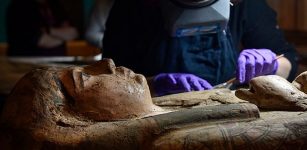 Never-Before-Seen 3,000-Year-Old Paintings Of Egyptian Goddess Amentet Discovered Inside Coffin Of A Mummy
News | Apr 7, 2020
Never-Before-Seen 3,000-Year-Old Paintings Of Egyptian Goddess Amentet Discovered Inside Coffin Of A Mummy
News | Apr 7, 2020 -
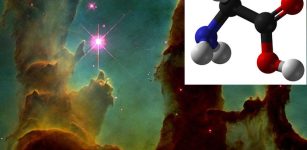 Carbon-12 – A Critical Gateway To The Birth Of Life Is Produced In Stars – Did Life Come From Cosmos?
Human Beginnings | May 23, 2022
Carbon-12 – A Critical Gateway To The Birth Of Life Is Produced In Stars – Did Life Come From Cosmos?
Human Beginnings | May 23, 2022 -
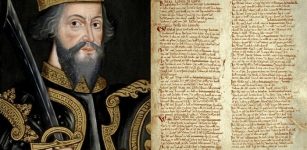 Re-Writing History Of England’s Domesday Book Of William I The Conqueror
Archaeology | Nov 27, 2018
Re-Writing History Of England’s Domesday Book Of William I The Conqueror
Archaeology | Nov 27, 2018 -
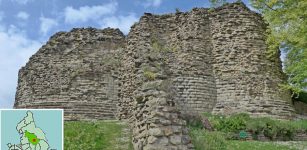 Ancient Town Pontefract, England Reveals Some Of Its Secrets
Archaeology | Mar 28, 2017
Ancient Town Pontefract, England Reveals Some Of Its Secrets
Archaeology | Mar 28, 2017 -
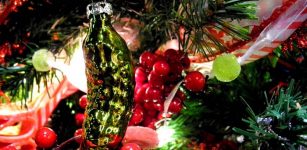 Christmas – One Of Most Celebrated Holidays In Christian Calendar
Ancient Traditions And Customs | Dec 24, 2018
Christmas – One Of Most Celebrated Holidays In Christian Calendar
Ancient Traditions And Customs | Dec 24, 2018 -
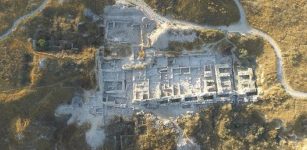 Radiocarbon Dating Sheds Light On Historical Events In The Ancient City Of Gezer
Archaeology | Nov 15, 2023
Radiocarbon Dating Sheds Light On Historical Events In The Ancient City Of Gezer
Archaeology | Nov 15, 2023 -
 Why Do Some Men Think Often About The Roman Empire?
News | Oct 4, 2023
Why Do Some Men Think Often About The Roman Empire?
News | Oct 4, 2023 -
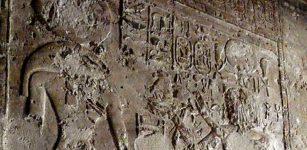 Pakhet ‘Night Huntress’: Egyptian War-Like Lioness Goddess Associated With Artemis
Egyptian Mythology | Mar 4, 2019
Pakhet ‘Night Huntress’: Egyptian War-Like Lioness Goddess Associated With Artemis
Egyptian Mythology | Mar 4, 2019 -
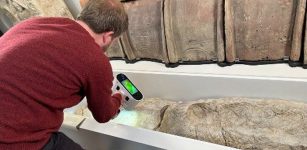 3D Scans Used To Study Mysterious Roman Burial Practice
Archaeology | Jun 5, 2023
3D Scans Used To Study Mysterious Roman Burial Practice
Archaeology | Jun 5, 2023 -
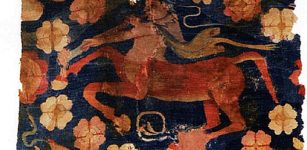 Sampul Tapestry: Mysterious Silk Road Textile Linked To Hellenistic Kingdoms Of Central Asia And Tarim Basin
Artifacts | Nov 21, 2018
Sampul Tapestry: Mysterious Silk Road Textile Linked To Hellenistic Kingdoms Of Central Asia And Tarim Basin
Artifacts | Nov 21, 2018 -
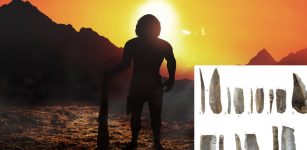 Tool Patterns Reveal What Caused The Neanderthals’ Extinction In The Iberian Peninsula
Archaeology | Mar 30, 2022
Tool Patterns Reveal What Caused The Neanderthals’ Extinction In The Iberian Peninsula
Archaeology | Mar 30, 2022 -
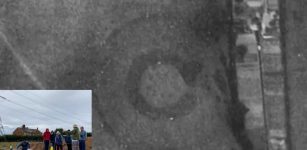 5,000-Year-Old Arminghall Henge In Norwich Reveals Some Of Its Secrets
Archaeology | Dec 20, 2022
5,000-Year-Old Arminghall Henge In Norwich Reveals Some Of Its Secrets
Archaeology | Dec 20, 2022 -
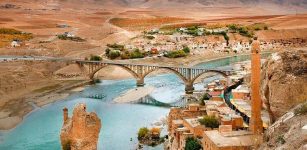 Hasankeyf – 12,000-Year-Old Mesopotamian City Will Be Destroyed – Decision Sparks Outrage And Controversy
Archaeology | Aug 28, 2019
Hasankeyf – 12,000-Year-Old Mesopotamian City Will Be Destroyed – Decision Sparks Outrage And Controversy
Archaeology | Aug 28, 2019 -
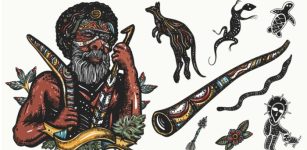 Oral Stories Of Australia’s First Nations Might Be 10,000 Years Old – Evidence Found
Archaeology | Aug 2, 2023
Oral Stories Of Australia’s First Nations Might Be 10,000 Years Old – Evidence Found
Archaeology | Aug 2, 2023 -
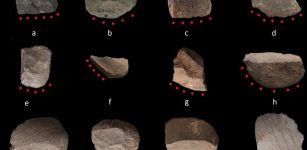 Earliest Evidence Of Rice Harvesting Provided By China’s Ancient Stone Tools
Archaeology | Dec 8, 2022
Earliest Evidence Of Rice Harvesting Provided By China’s Ancient Stone Tools
Archaeology | Dec 8, 2022 -
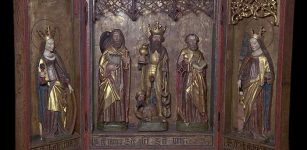 History Of Middle Ages Altarpieces Has Been Re-Written
Archaeology | Mar 10, 2018
History Of Middle Ages Altarpieces Has Been Re-Written
Archaeology | Mar 10, 2018 -
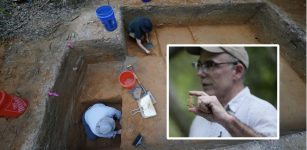 12,000-Year-Old Artifacts In Louisiana Saved By Scientists
Archaeology | Jul 18, 2023
12,000-Year-Old Artifacts In Louisiana Saved By Scientists
Archaeology | Jul 18, 2023 -
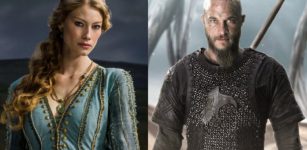 Aslaug’s Revenge For The Death Of Ragnar Lodbrok’s Sons Eirik And Agnar
Featured Stories | Dec 10, 2018
Aslaug’s Revenge For The Death Of Ragnar Lodbrok’s Sons Eirik And Agnar
Featured Stories | Dec 10, 2018 -
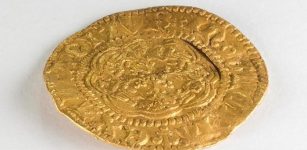 How Did Canada’s Oldest Coin Make Its Way To Newfoundland’s South Coast?
Archaeology | Nov 14, 2022
How Did Canada’s Oldest Coin Make Its Way To Newfoundland’s South Coast?
Archaeology | Nov 14, 2022

